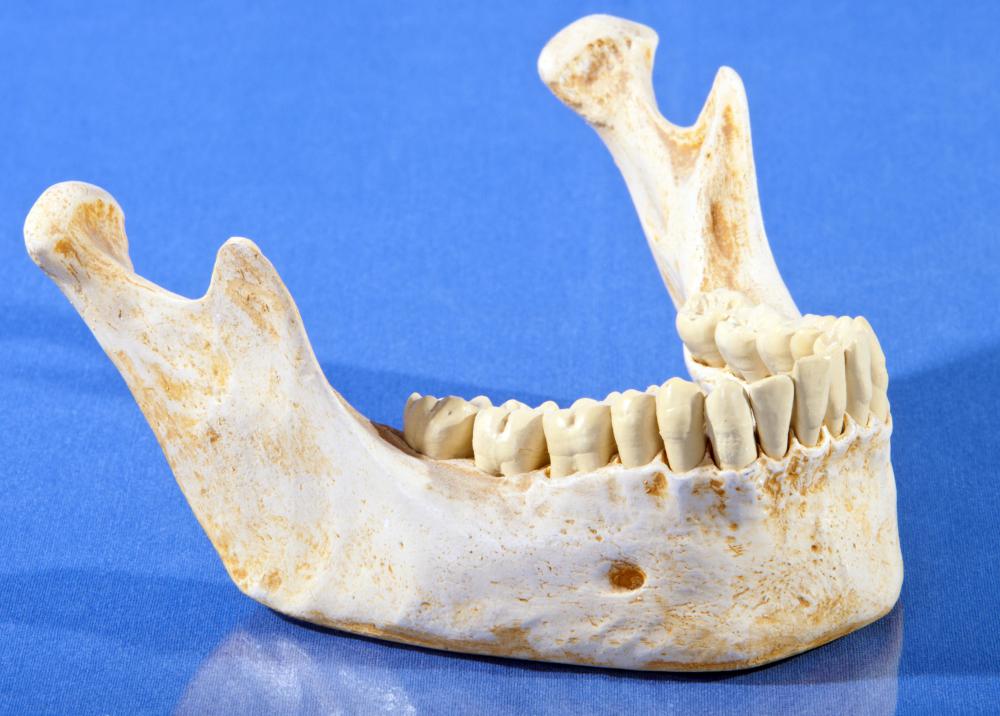At PracticalAdultInsights, we're committed to delivering accurate, trustworthy information. Our expert-authored content is rigorously fact-checked and sourced from credible authorities. Discover how we uphold the highest standards in providing you with reliable knowledge.
What are the Different Types of Forensics?
Forensic science is crucial when gathering evidence about a suspect and in helping law enforcement officials determine what exactly happened to a victim. Scientists working in this field apply scientific evidence with legal interpretation and may work as consultants for agencies including law firms, law enforcement and criminologists. It's a complex and challenging field that is divided into many different types of forensics, or specialties, including computer forensics, forensic toxicology, and forensic anthropology.
Computer forensics is the area of forensics in which technicians gather and analyze data from a computer or other form of digital media. When someone has been accused of a crime involving downloading obscene material from the Internet or sending malicious and harassing emails, the Federal Bureau of Investigations (FBI) may check their computer records for emails, downloads and Internet history. Sometimes, the computer is confiscated and listed as evidence at the court hearing of the matter.

Another type of forensics is forensic toxicology, involving the study of chemicals such as drugs and alcohol to determine if someone was abusing drugs or if a toxic substance played a part in the person's death. In order to find out if a person was poisoned, the person conducting the autopsy will analyze the victim's blood, hair or organ tissue to check for toxic chemicals. During the toxicology exam, the medical examiner will also check the stomach contents to see what the person ate last. The stomach contents of a person can help investigators get a timeline on the events leading up to the victim’s demise based on how digested the food is, as well as give an idea of the victim’s last activities.

Sometimes, the body has decomposed to the point that only the skeleton is left for authorities to figure out who the person is and what happened. This type of forensics is known as forensic anthropology and involves scientists examining bone fragments for clues to the circumstances surrounding the individual’s death. If the skeleton has any teeth, technicians will get x-rays of the teeth and try to match these up with dental records of missing individuals. Other methods used in forensic anthropology are the condition of clothes the person was wearing, bone density and the number of bones available for examination. The longer a body has been in a particular location, the fewer bones are left to analyze, due to animals and environmental factors which can move the bones.

Forensic scientists must meet specific education requirements and have extensive training in their specialty. There may also be certain state or jurisdictional licensing or examinations that the expert would need to pass in order to work for the agency. Additionally, those forensic scientists that regularly assist legal professionals on the stand in trials may have additional certification specifically for that purpose.
AS FEATURED ON:
AS FEATURED ON:



















Discussion Comments
Other types of forensics include: forensic accounting, forensic archaeology, forensic dentistry, forensic entomology, forensic graphology, forensic pathology, and forensic psychology.
Post your comments